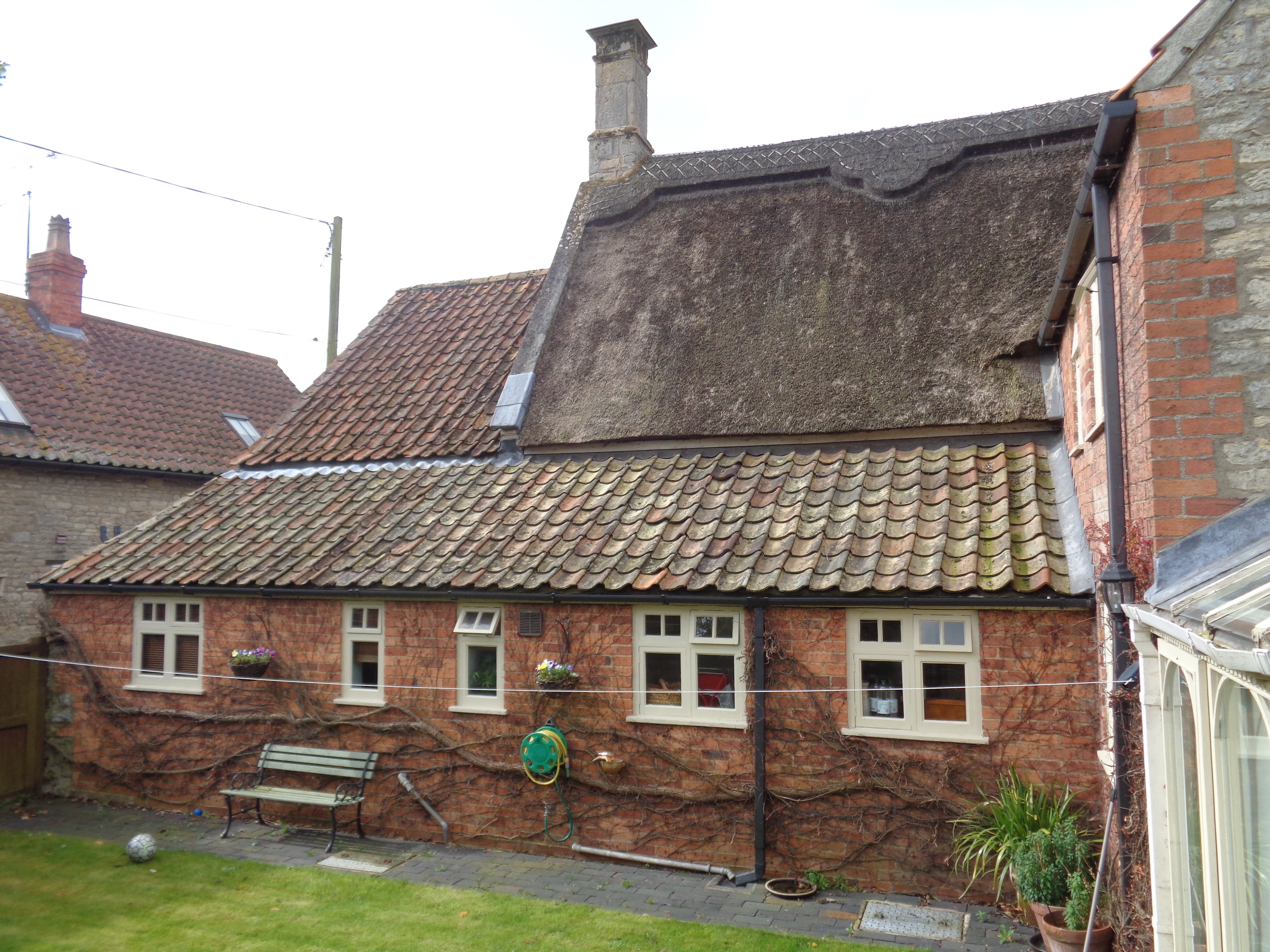


Many people assume that projects like building an extension, porch or loft conversion will require planning permission. But that is not always the case. You can complete all these types of schemes without planning approval because they are allowed by your permitted development rights.
What is Permitted Development?
These are permissions granted by Parliament to encourage smaller developments that would otherwise clog up the planning system. Projects allowed can be completed without the requirement for planning permission, therefore avoiding the delay caused by the usual eight-week planning process.
What am I allowed to build under Permitted Development?
Note that these permitted development rights apply to projects for houses, and do not apply to maisonettes, flats or other buildings. Commercial buildings have their own set of permitted development rights.
Subject to design constraints, you can:
•Add a small single-storey extension to the rear and side of your property
•Add a two-storey extension to the rear (although these are rare)
•Add a small porch or canopy on the front of your property
•Convert your loft into living space
•Construct outbuildings
•Install solar panels
•Put in roof light and dormer windows
There are rules concerning the size and appearance of extensions, which include:
•if single-storey, they must be no higher than 4m
•you must use similar materials to the existing house
•they must not project past the rear wall of the house by more than 3m (if an attached house) or 4m (if a detached house)
Can I build a larger extension without applying for planning permission?
If you want to complete a slightly larger rear extension than allowed under permitted development, you should consider the Neighbourhood Consultation Scheme. Under this system, you can build extensions of up to 6m (if an attached house) or 8m (if a detached house) without needing planning permission, provided they are completed for May 30th 2019.
How does Neighbourhood Consultation work?
You notify your local authority about your intention to build a larger extension, and they then contact the adjoining boundary owners. If the local authority receives no objections, and they have no objections themselves, you can proceed. If a neighbour raises any concerns or objections, the local authority will decide whether your plans can go ahead and whether a formal planning application will need to be submitted.
We always advise you should clarify any proposals with your local authority first, and most authorities have a form which can be filled in to confirm whether your project is allowed by permitted development before you begin construction. You don’t want to be in a position where your neighbours discover your finished project was not allowed by permitted development, which could lead to you having to submit a retrospective planning application.
How do I know if I have Permitted Development Rights?
Your permitted development rights may be removed because of the restrictions below or by an Article 4 Direction by your local council. This is usually due to a previous planning approval. If you are unsure you should check previous approvals or with your local planning authority.
There are areas of land and certain types of building where permitted development rights are restricted. These are:
•Conservation areas
•Listed buildings
•World Heritage Sites
•National Parks.
Any development in these areas will require planning permission.
Your title deeds may also contain constraints that restrict what you can do to your property. You should check this with your solicitor.
The Planning Portal
The Government’s Planning Portal is a great place to find out more about permitted development rights and planning issues. Just click on the link, select your house type and click on a section of the building to see what is permitted.
If there is ever any doubt it is always best to submit a planning application to your local authority, as this then provides you with a legal document that permits you to construct.